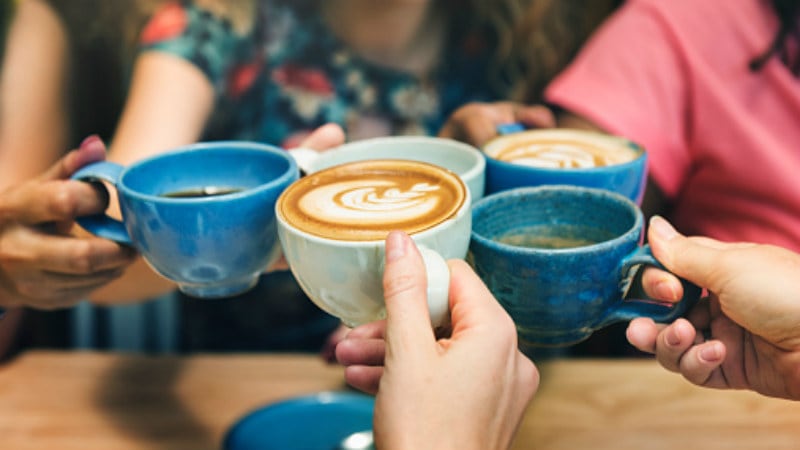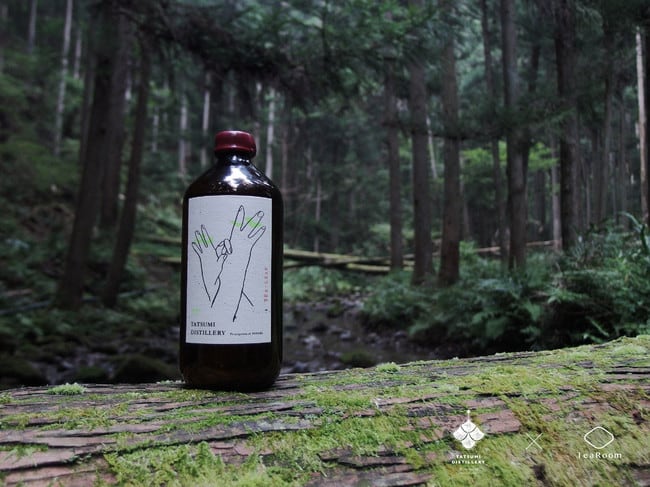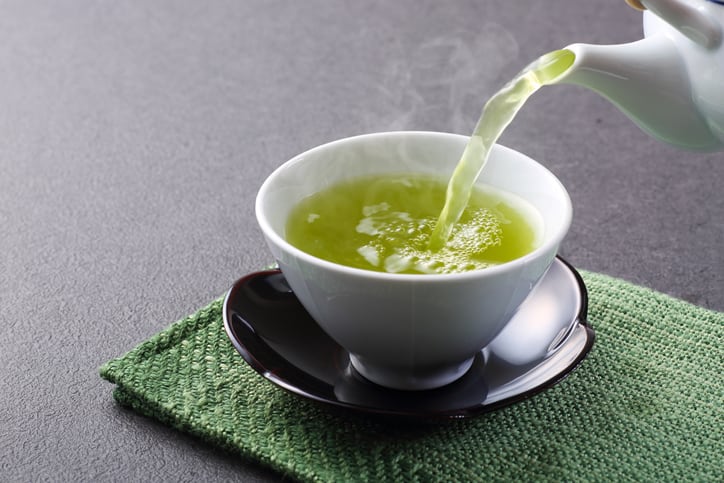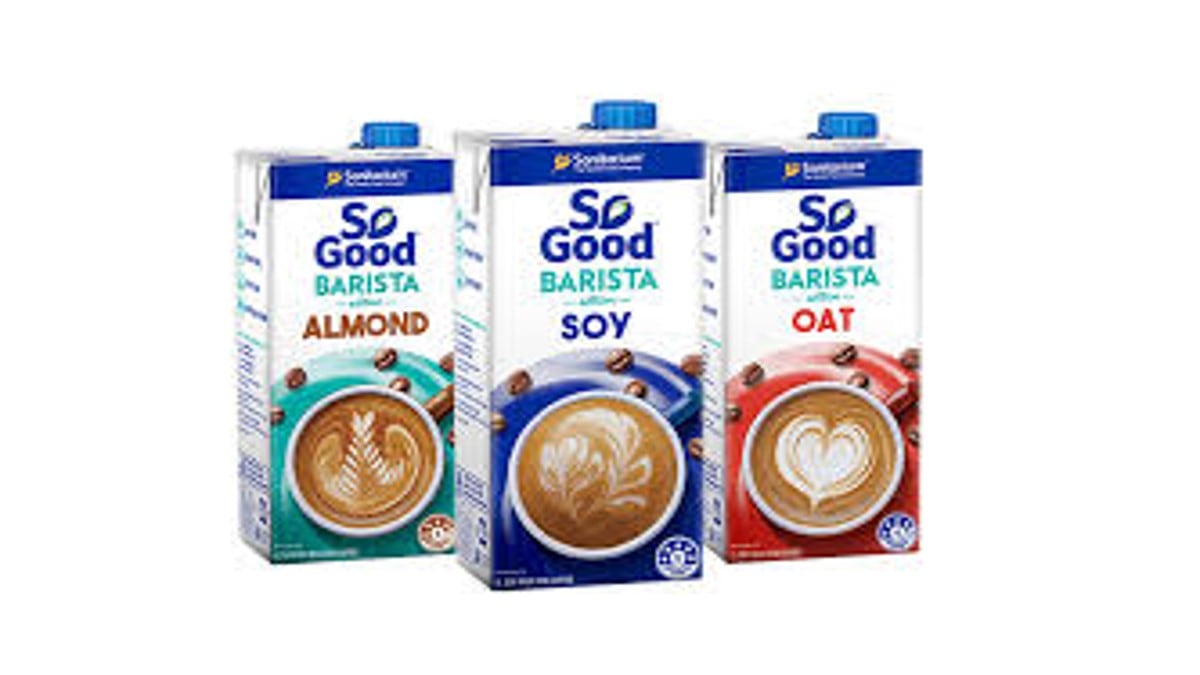This was announced as part of the latest amendment to the Enforcement Regulations of the Act on Labeling and Advertisement of Food under Prime Minister Decree No. 1642, and will formally enter into force after December 31 2021.
“The packages of all liquid foods containing 0.15mg or more caffeine per ml will be required to display a warning label mentioning ‘high caffeine content’ as well as the phrase ‘Total Caffeine Content OOO mg’ (sic, OOO being the amount of caffeine present),” said MFDS.
“This label must be located on the main display side of the product, which the consumer will usually see when browsing and making the purchase and where the product trademark or logo is printed.
“The text ‘Children, pregnant women, and those who are sensitive to caffeine, please be cautious of intake’ must also be displayed on the product packaging.”
In addition, once the total caffeine content is printed on the label, the range of actual caffeine content found in the product will not be allowed to vary by more than 10% from the number displayed.
This means that a product that declares 100mg per ml caffeine must contain not less than 90mg and not more than 110mg if tested in order to avoid any penalties.
“Coffees, teas or other liquid beverages made from coffee and tea ingredients [will be given slightly more leeway on the upper limit] and allowed to go up to 20% above the displayed caffeine content before being penalised,” added MFDS.
These labelling rules will apply to both locally produced and imported products – importers would be expected to attach the relevant warning labels to any high caffeine imports on the main display side of the product.
In addition, the amendment also highlighted an updated format for allergen display labels to adhere to, with focus on prominence and visibility.
“Any food product containing allergens must carry an allergen label near the allergenic ingredient, and this must be clearly distinguishable from the background colour,” said MFDS.
“All allergens used in the product need to be labelled as such, regardless of the amount of allergenic content contained.”
Allergens covered under this update included: Eggs, milk, buckwheat, wheat, peanuts, soybeans, peaches, tomatoes, pork, seafood such as mackerel, crab, and shrimp, walnuts, chicken, beef, squid, shellfish such as oysters, abalone, mussels, pine nuts and sulphurous acids in amounts which would produce 10mg sulfur dioxide per kg after consumption.
Caffeine focus
South Korea has a history of paying special attention to regulations governing caffeine consumption in the country because local students tend to rely heavily on caffeine in order to study through the night, even though excessive intake could cause palpitations, nausea, and sleep disorders.
Back in 2016, MFDS issued a ban on media ads for all high caffeine foods and drinks which covered television, radio and print media advertisements and also involved foods and snacks like caffeinated ice cream.
This was the result of a 2015 study by the ministry which revealed high levels of caffeine in everyday processed products. According to MFDS, some chocolate milks were found to have up to 277mg caffeine per kg, or 0.27mg per ml – higher than even in some energy drinks.
South Korea has also banned high caffeine drinks sales to students in schools since 2013, but tightened this in 2018 by also banning coffee vending machines (previously still made available for teachers) after realising that students had been making use of these.
According to Euromonitor data, South Koreans drink an average of 181 cups of coffee a year – the highest consumption amongst Asian countries.





